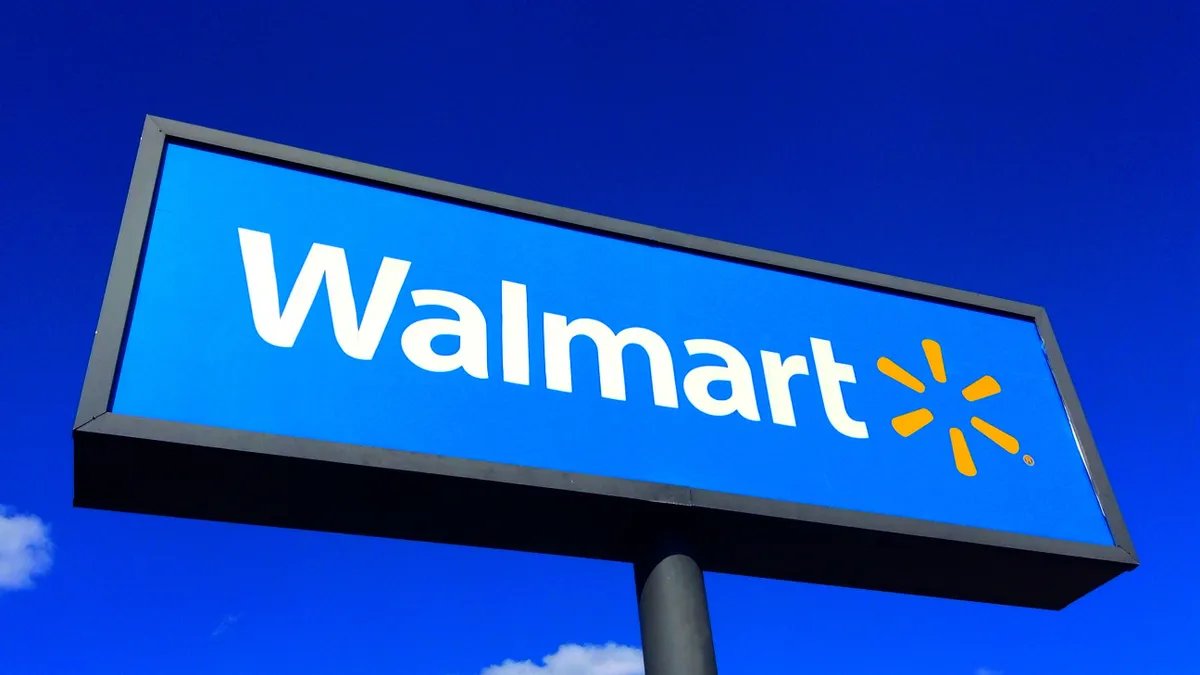Dive Brief:
- Walmart will launch a Supplier Inclusion Showcase on its website, highlighting products from its diverse supplier community, the company said in a press release.
- The showcase features a variety of products supplied by historically underutilized businesses (HUB), including eye glasses, dolls, skin products and seasoning packets.
- "Our customers represent all of America, and we want to be sure our suppliers do, too," Michael Byron, senior director of supplier diversity and inclusion at Walmart, said in the news release.
Dive Insight:
Kudos to Walmart for supporting diverse suppliers. After years of the sourcing philosophy of low-cost-at-all-cost, Walmart seems to be turning the corner by recognizing the importance of suppliers and the extended supply chain.
They have always been held out as having a stellar supply chain management process, one that is a model for other companies. Their acceptance and promotion of HUB suppliers is yet another step in their transformation from Main Street killer to an economic powerhouse and business process influencer.
HUB is defined by the Institute for Supply Management as "a business that is at least 51% owned by a person or persons who have been socially or economically disadvantaged due to color, ethnic origin, gender, physical disability or other factors that result in barriers to the conduct of business." Some add small business to this definition. Just watch the latest episode of Shark Tank. Small, diverse businesses are today’s business rock stars.
At one point, HUB businesses were primarily relegated to the MRO category, selling janitorial supplies, fasteners, packaging materials, office supplies and general commodity items. Many companies had embryonic social supply chain programs that required buyers to allocate a portion of their spend to what were then called "minority suppliers."
In most cases, these programs were nothing more than lip service, with poor execution and limited tracking.
There were many excuses on why buyers ignored HUB suppliers and maintained their existing supplier relationships. The most convenient excuse was cost related, even if the pricing was within a few cents. Other excuses included not wanting to be told where to purchase, pressure from incumbent suppliers and even a level of intolerance.
Walmart has been very public about working more closely with suppliers and increasing the use of diverse suppliers. Far too often we hear of Walmart squeezing their suppliers so hard that some have walked away from the relationship, or worse. While the 2,600 or so diverse suppliers are a good beginning, it is really a small percentage of suppliers for Walmart.
Still, by supporting these suppliers and exposing them to their customers, Walmart is helping them to gain a foothold in the marketplace, and at the same time educating their customers about the social supply chain. And to some, being a Walmart supplier is a badge worth wearing.













